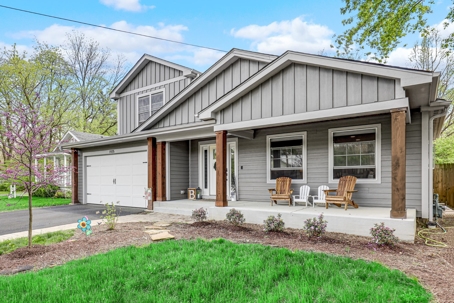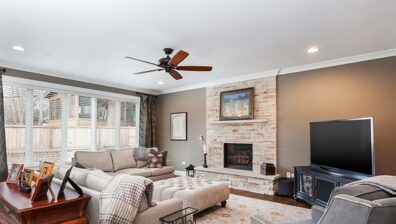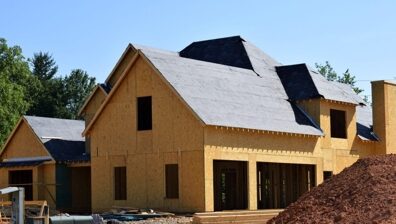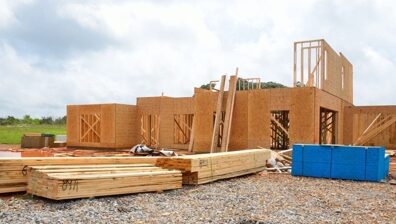Are you looking to expand your living space but hesitant because of the unique design of your split-level home? Whether you need extra bedrooms, a larger kitchen, or a home office, adding an addition to a split-level home is indeed possible and can significantly enhance both the functionality and value of your property. In this post, we’ll explore the potential challenges and solutions involved in adding an addition to a split-level home.
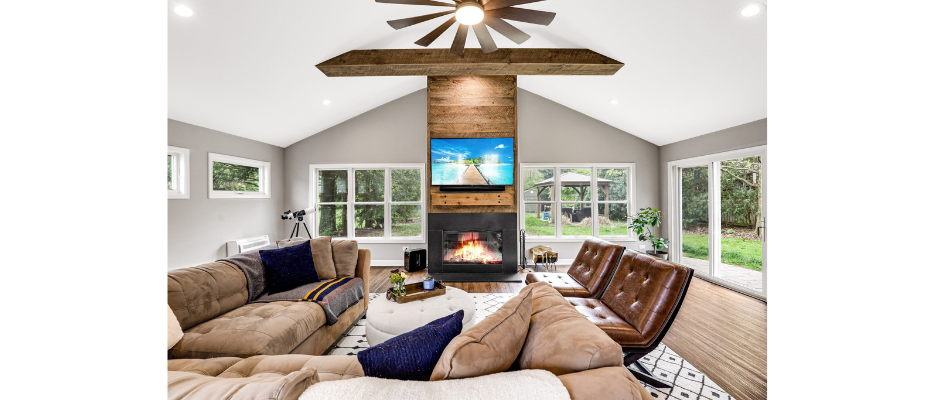
Understanding the Split-Level Design
Before delving into the addition process, it’s essential to understand the characteristics of a split-level home. Split-level homes typically feature staggered floor levels, often with living spaces on multiple levels. Common variations include bi-level and tri-level designs, where living areas are separated by short flights of stairs. These layouts can present both opportunities and challenges when planning an addition.
Assessing Your Options
When considering an addition to a split-level home, it’s crucial to assess your property’s layout, local building codes, and zoning regulations. Here are some key considerations:
- Space Utilization: Evaluate existing spaces to determine the most suitable location for the addition. This might involve converting a garage, expanding an existing room, or building upward or outward, depending on your needs and the layout of your home.
- Architectural Harmony: Aim to design an addition that complements the existing structure aesthetically. This may involve matching exterior materials, rooflines, and architectural features to ensure a cohesive look.
- Structural Considerations: Consult with a structural engineer to assess the load-bearing capacity of your home and determine the feasibility of adding additional floors or expanding existing ones.
- Building Permits: Obtain necessary permits from your local building department before starting any construction. Compliance with building codes and zoning regulations is essential to ensure the safety and legality of your project.
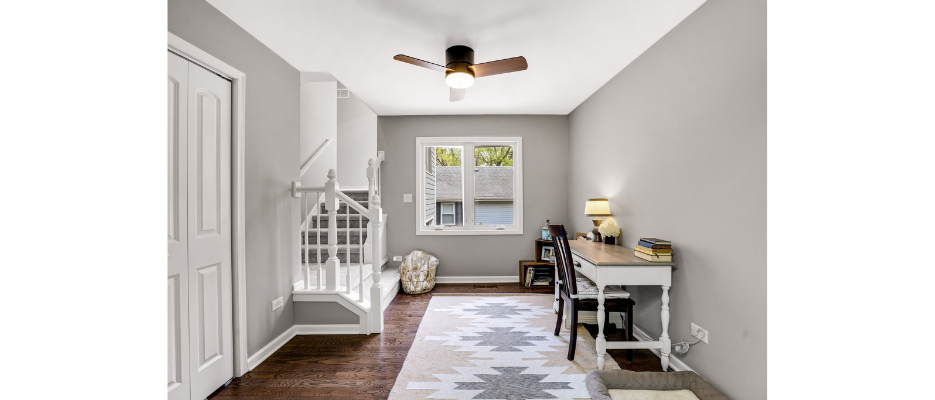
Creative Solutions for Split-Level Additions
Adding an addition to a split-level home requires creativity and strategic planning. Here are some innovative solutions to common challenges:
- Multi-Level Additions: Embrace the split-level design by incorporating additional levels into your addition. This could involve building upward to create a new floor or expanding existing levels to maximize space without compromising the home’s original layout.
- Open Floor Plans: Consider removing non-load-bearing walls to create open, flowing spaces that seamlessly integrate the addition with the existing home. This can enhance natural light, airflow, and overall functionality.
- External Additions: If space limitations prevent horizontal expansion, consider building upward or outward. This might involve adding a second story, expanding the footprint of the home, or building a detached addition connected by a covered walkway or breezeway.
- Customized Features: Tailor the addition to meet your specific needs and lifestyle preferences. Whether it’s a spacious master suite, a gourmet kitchen, or a dedicated home office, prioritize features that will enhance your daily living experience.
Conclusion
While adding an addition to a split-level home may present unique challenges, careful planning and innovative design solutions can transform your home and accommodate your evolving needs. By working with experienced architects, contractors, and engineers, you can create a seamless integration that enhances both the functionality and aesthetic appeal of your split-level home. So, elevate your living space and unlock the full potential of your property with a thoughtfully designed addition.
.2405141433416.1).2405281106351.png)
Remember, every home is unique, so it’s essential to consult with professionals who can provide tailored solutions based on your specific circumstances. With the right approach and expertise, you can turn your split-level home into the perfect blend of style, comfort, and functionality.

